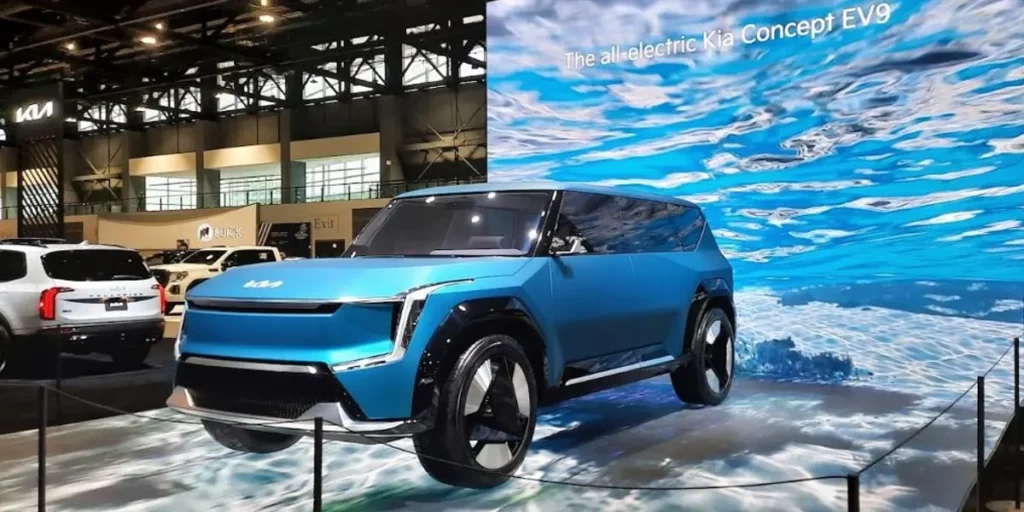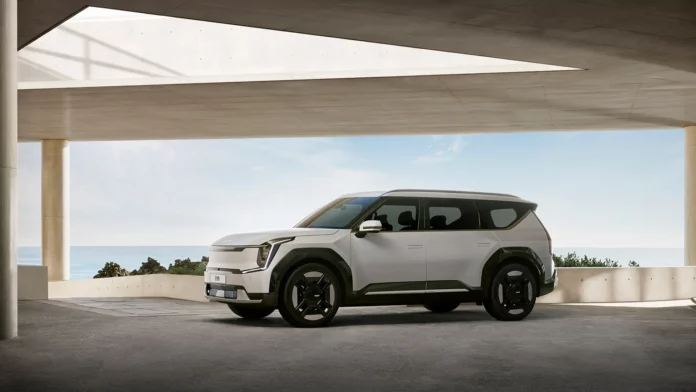Kia and Hyundai have really impressed anyone who has been paying attention in the last few years. Sure, they’re nowhere near Tesla in terms of volume of sales, but the vehicle technology demonstrates that they’re serious about building a good electric vehicle. Not only are their latest offerings cool, but they also charge quickly and have good performance figures at reasonable prices.
However, as we all know, offering a few good EVs does not guarantee that the company will succeed in the long run. The EV transition is a complex phenomenon that is riddled with challenges and pitfalls that could swallow even the most powerful players in the automotive industry. So we need to keep an eye out for signs that they’re keeping up the good work and trying to roll with the punches.
The efficiency of the heating and air conditioning systems in EVs makes a significant difference in available range. In an ICE vehicle, an inefficient heating system would be unnoticed because a heater core uses waste heat from the engine that wouldn’t be useful anyway. However, in the case of an EV, the energy must come from the same battery pack that is used for range. As a result, you can get more range by using less power to keep the vehicle warm.
Kia revealed a lot more about its HVAC systems in a press release a few days ago.

The recently released Kia EV9 has a thermal system that includes a heat pump, climate control, and defrost and de-icing capabilities. Customers will also enjoy maximum comfort and convenience thanks to a new climate control panel and improved roof vents. Engineers rigorously tested the system in a variety of locations, from northern Sweden to southern Spain, to ensure optimal performance and efficiency in a variety of ambient temperatures.
The new Kia EV9 has two independent climate control systems that create separate climate zones for the driver, front passenger, and rear passengers. Furthermore, both the first and second rows come standard with ventilated and heated seats, ensuring maximum comfort for everyone onboard. The wiring for the heated seats has also been upgraded to improve energy efficiency.
During testing, Kia engineers focused on increasing cabin comfort and lowering power consumption by fine-tuning the climate control control algorithm under extreme hot and cold conditions. Passengers can manually adjust the temperature, intensity, and direction of air flow in the cabin climate control system, or the system can do it automatically.
Also Read:


